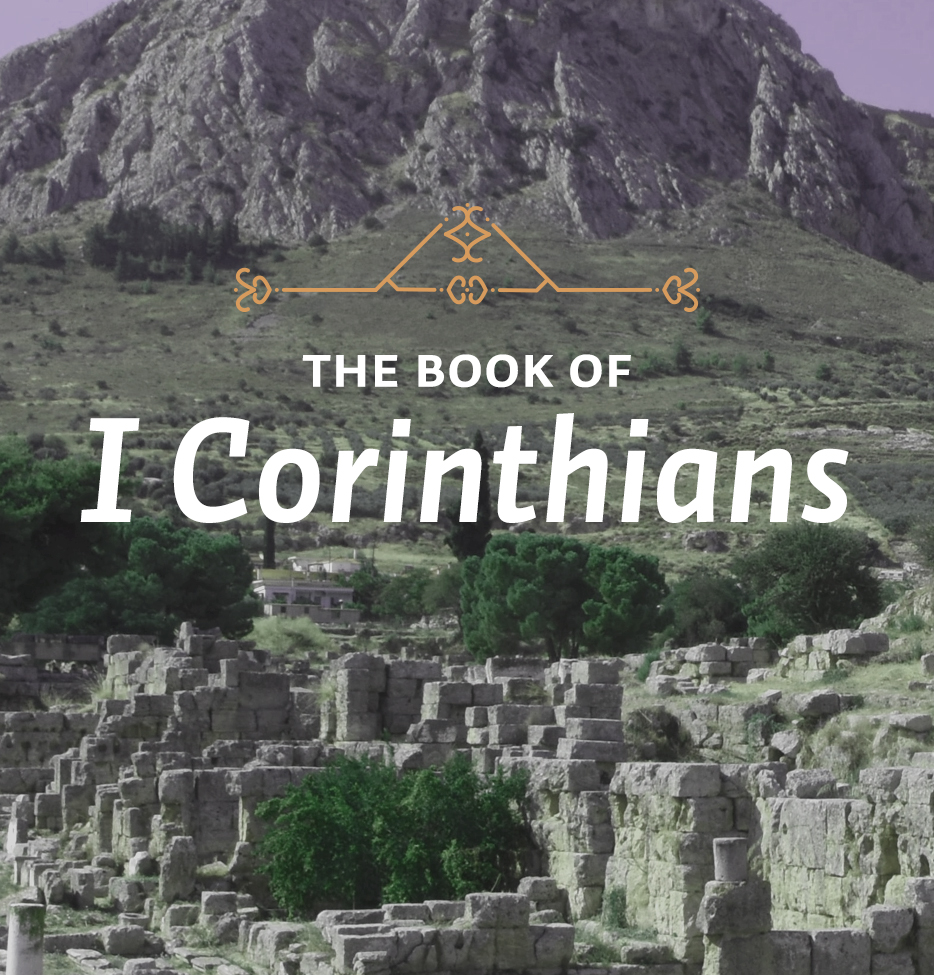When they came to the crowd, a man approached Jesus and knelt before him. ‘“Lord, have mercy on my son,” he said. “He has seizures and is suffering greatly. He often falls into the fire or into the water. I brought him to your disciples, but they could not heal him.” unbelieving and perverse generation,” Jesus replied, “how long shall I stay with you? How long shall I put up with you? Bring the boy here to me.” “‘Jesus rebuked the demon, and it came out of the boy, and he was healed from that moment.
In 1517, the same year in which Martin Luther posted his “Ninety-Five Theses” on the door of the Castle Church in Wittenburg, Raphael Sanzio began a painting of Christ’s transfiguration. When he died in 1520 at the age of thirty-seven the painting was not finished, but Raphael had completed enough for us to understand it. He showed Jesus on the mountain with Peter, James and John. Everything is bathed with light. But in the same painting, at the bottom, Raphael shows the other disciples trying to cast a demon out of the epileptic boy and failing miserably. It is a way of saying that mountain top experiences always coexist with valleys and that it is only by the power of the Son of God that we can have victories in our lives.
The first half of Matthew 17 records Jesus’ transfiguration. The second half records the failure of the disciples who remained below. There are several failures actually. The first is their failure in the exorcism (vv. 14-21). A second is their failure to understand Jesus’ words about his death and resurrection (vv. 22-23). A third failure involves only Peter, who is taught why Jesus is willing to pay the temple tax (vv. 24-27).
The flow of chapters 14-17 is like this: Jesus teaches the disciples, they learn, but then they blunder badly. When the twelve see Jesus walking on the water in chapter 14, Peter asks to come to him and does so (vv. 28-29). It was a great step of faith. But then he looked at the churning water and began to sink (v. 30). The disciples begin to worship Jesus as God (v. 33), but in the next chapter they worry that Jesus’ words may have offended the Pharisees (Matt. 15:12). Jesus teaches them that nothing that goes into a person’s mouth makes him or her unclean, only what comes out (vv. 16-20), but they are ready to send away the believing but “unclean” Gentile woman who asks Jesus to heal her daughter (v. 23). In chapter 16 Peter’s perception of Jesus’ deity is followed by his failure to understand the need for Jesus’ death (vv. 16-22).
Understanding followed by misunderstanding! Progress followed by abject failure. This is the pattern. Yet it is our pattern too. We all move ahead spiritually but then fall back badly. When we realize how often we fail and how prone to sin we are, we marvel at the patience of God who “knows how we are formed” and “remembers that we are dust” (Ps. 103:14). Jesus is truly a very patient teacher.
Although Mark’s gospel is shorter than Matthew’s, Mark’s stories are often longer than the parallel accounts in Matthew, which is the case here. Mark’s story covers nineteen verses, including a lengthier description of the possessed boy’s symptoms as well as the father’s struggling faith. This is the man who told Jesus, “I do believe; help me overcome my unbelief” (Mark 9:24). Matthew eliminates these points in order to concentrate his account on the disciples’ lack of faith.
At first glance it seems surprising that the disciples are unable to heal the epileptic boy, particularly since they had been given authority to cast out evil spirits (Matt. 10:1-8) and had actually done so (Mark 6:13). Here they fail. The obvious question is why, which is what they ask Jesus themselves: “Why couldn’t we drive it out?” (v. 19).
Jesus tells them, “It is because you have so little faith” (v. 20). In Mark he explains, “This kind can come out only by prayer” (Mark 9:29).1 These are not two different explanations, and we can understand how they go together when we think about what
Jesus is saying in Matthew.
1 This verse appears in a footnote in Matthew with the addition of “and fasting” (NIV) because it appears in some manuscripts, but it is a case of the verse having been wrongly added by later copyists to make Matthew’s text agree with Mark’s. It is missing from many of the older Greek texts.






